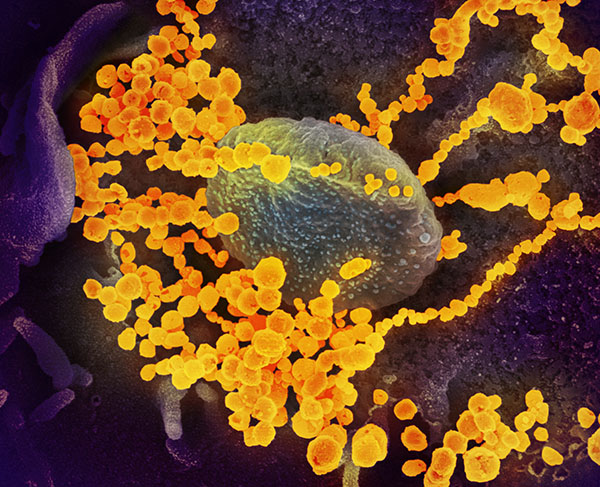Synthetic Antibody Rallies Immune Cells Against Ovarian Cancer
Study Also Reveals Immunotherapy’s Target on Cancer Cells
In the 1995 film The Usual Suspects, Kevin Spacey’s con man character famously remarks, “The greatest trick the Devil ever pulled was convincing the world he didn't exist.” The same could be said of cancer, which somehow persuades the body it is not a threat. Cutting-edge treatments called immunotherapies remove this façade and encourage the immune system to attack cancer cells. New IRP research in mice has demonstrated the promise of a new immunotherapy for treating ovarian cancer and identified a marker on cancer cells that could help clinicians identify patients who are most likely to benefit from the therapy.









